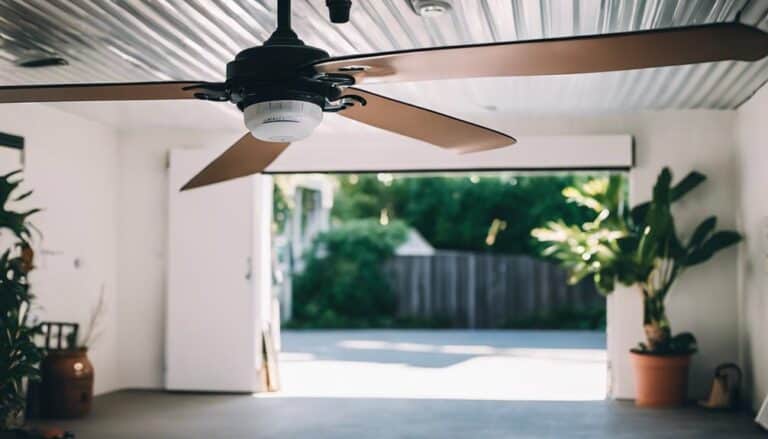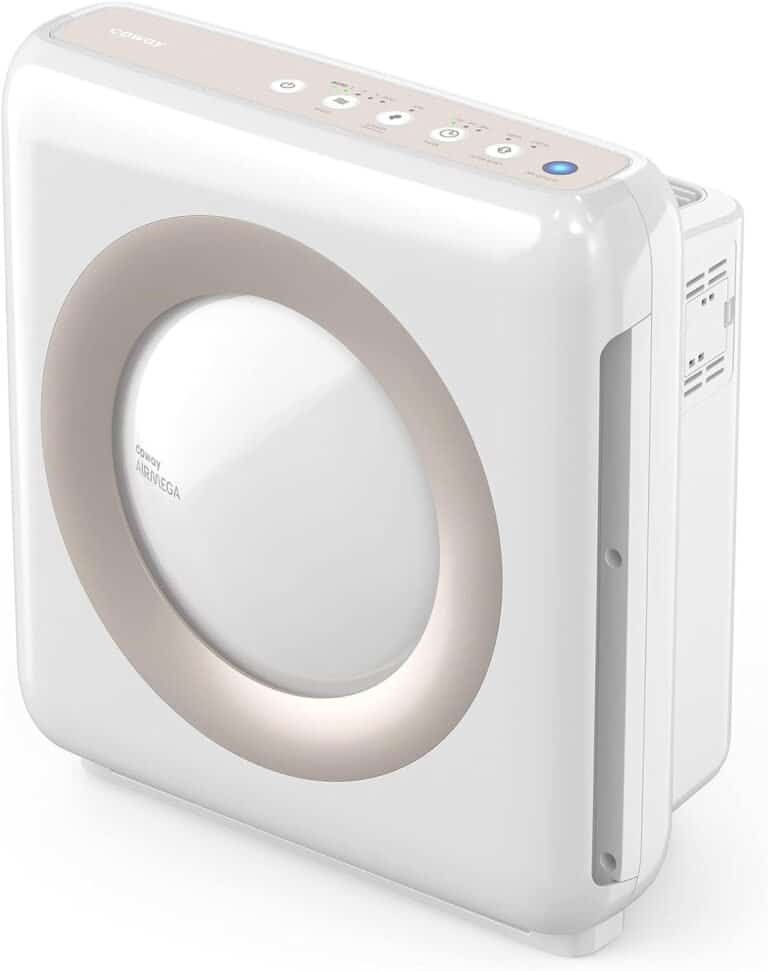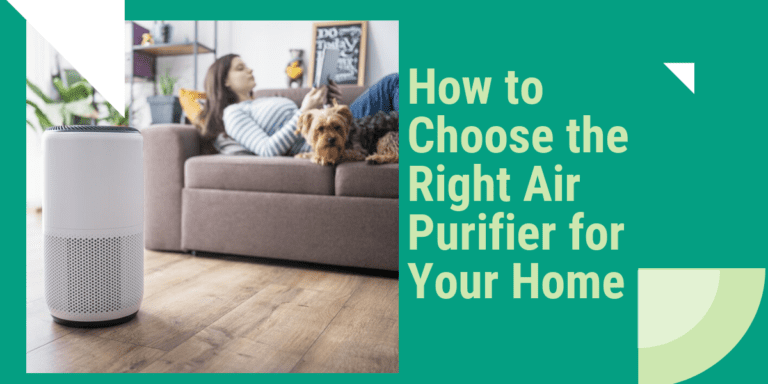Clearing the Air: Proven Techniques to Eliminate Cat Dander in Your New Home
Cat dander, the microscopic particles shed by our feline friends, can be a major cause of allergies and respiratory problems among those living with cats. If you have recently moved into a new home and are experiencing issues with cat dander, fret not!
In this article, we will explore some proven techniques that will help you clear the air in your new abode and eliminate cat dander once and for all.
Whether you’re a seasoned cat owner or just starting on your feline journey, these expert-backed methods will provide you with invaluable insights and practical tips to create a healthy environment for both yourself and your beloved pet.
So sit back, relax, and get ready to discover how to regain control over your indoor air quality while enjoying the company of your furry companion in harmony.
Identifying Common Sources of Cat Dander in Your Home
Cat dander, the small particles of dead skin that cats shed, can trigger allergic reactions in some individuals. To effectively eliminate cat dander from your new home, it is important to identify the common sources where it may accumulate.
- Furniture and Upholstery: Soft surfaces such as sofas, chairs, and beds are magnets for cat dander. The tiny particles can easily cling to fabrics and cushions, so regular vacuuming or steam cleaning these items is essential in reducing the amount of dander present.
- Carpets and Rugs: Just like furniture, carpets and rugs can trap cat dander within their fibers. Vacuuming with a HEPA filter regularly helps remove trapped allergens from these surfaces.
- Curtains and Drapes: Neglected curtains tend to collect dust and pet allergens over time. Washable curtains or those made from materials less prone to trapping dander are recommended for allergy-prone individuals.
Remember that proper ventilation plays a crucial role in minimizing cat dander accumulation throughout your home space. Regularly opening windows or using air purifiers fitted with HEPA filters helps maintain cleaner air quality by reducing airborne allergens like cat dander particles.
Establishing a Regular Cleaning Routine to Combat Cat Dander
Regularly cleaning your home is essential to combat cat dander and create a healthy environment for both you and your feline companion. Here are some proven techniques to incorporate into your cleaning routine:
- Vacuum frequently: Invest in a high-quality vacuum cleaner with HEPA filters, specifically designed to trap allergens like cat dander. Vacuum carpets, upholstery, and any other areas where your cat spends time.
- Dust surfaces regularly: Use a damp cloth or microfiber cloth when dusting surfaces as it helps capture and remove the microscopic particles of cat dander that settle on furniture, shelves, and countertops.
- Wash bedding weekly: Cat dander can accumulate on bedding, leading to prolonged exposure while you sleep. Wash all sheets, pillowcases, and blankets weekly in hot water to effectively remove any lingering allergens.
By following these simple strategies and incorporating them into your regular cleaning routine, you can significantly reduce the presence of cat dander in your new home and help improve indoor air quality for everyone’s well-being.
Choosing the Right Air Purifier to Remove Cat Dander
How to Choose the Right Air Purifier for Cat Dander Elimination
When selecting an air purifier to remove cat dander from your home, it’s important to consider a few key factors. Firstly, opt for a purifier with a HEPA filter. These filters effectively trap microscopic particles, including cat dander, ensuring cleaner and healthier air quality. Secondly, choose an air purifier that is specifically designed for pet allergies. These models often have additional features such as activated carbon filters or ionizers which help neutralize odors and capture finer particles.
To determine the most suitable size of air purifier for your space, consider the room’s square footage. Manufacturers typically indicate the recommended coverage area on their products’ packaging or websites. It’s also essential to assess the noise level produced by the device before making a purchase—look for appliances with low decibel ratings if quiet operation matters to you.
Finally, factor in maintenance requirements and costs when choosing an air purifier. Some units may require frequent filter replacements while others only require occasional cleaning; make sure these responsibilities align with your preferences and lifestyle.
Managing Cat Dander in Carpets and Upholstery
Tips for Managing Cat Dander in Carpets and Upholstery
- Regular Vacuuming: Make a habit of vacuuming your carpets and upholstery at least once a week using a high-quality vacuum cleaner with a HEPA filter. This will help to remove the cat dander that settles on these surfaces.
- Steam Cleaning: Consider steam cleaning your carpets and upholstery every few months to effectively eliminate any trapped cat dander. The hot steam helps to sanitize these surfaces, reducing the presence of allergens.
- Furniture Covers: Place washable covers on your furniture to protect them from cat dander buildup. These covers can easily be removed and washed regularly to keep the surfaces free from allergens.
- Allergen-Reducing Sprays: Invest in allergen-reducing sprays specially designed for fabrics and carpets, which can aid in neutralizing cat dander particles effectively.
- Air Purifiers: Implementing air purifiers with HEPA filters throughout your home can significantly reduce airborne cat dander pollutants, improving indoor air quality for you and your family.
By following these tips, you can successfully manage cat dander in your new home’s carpets and upholstery, ensuring a clean and allergy-free living environment for everyone involved.
Creating Cat-Free Zones in Your Home to Minimize Dander Exposure
Cat dander can trigger allergic reactions, causing discomfort and even respiratory issues. To minimize cat dander exposure within your new home, consider creating designated cat-free zones.
- Designate specific rooms where your furry friend is not allowed to roam freely. This could include bedrooms or areas with carpeting that tend to accumulate more dander.
- Invest in high-quality air purifiers for the cat-free zones, as these devices are designed to effectively remove airborne allergens like pet dander.
- Ensure the cat’s sleeping area is located outside of these designated spaces.
Implementing measures such as establishing pet-free regions and using effective air filtration systems will help reduce overall levels of cat dander in your home, providing a healthier environment for those sensitive to allergies without affecting the comfort of your feline companion.
Grooming Techniques to Reduce Cat Dander Production
Regular grooming is essential in reducing cat dander production. Here are a few techniques that can help minimize allergens in your new home:
- Brushing: Brush your cat’s fur regularly to remove loose hair and dead skin cells, which contribute to dander. Use a pet brush designed for removing dander and allergens.
- Bathing: Although cats typically groom themselves, occasional baths can help reduce dandruff and allergens on their coat. Use a mild, hypoallergenic shampoo specifically formulated for cats.
- Dietary Supplements: Adding omega-3 fatty acids or fish oil supplements to your cat’s diet may promote healthier skin and decrease the amount of shedding and subsequent dander production.
Remember that consistency is key when implementing these grooming techniques into your routine—regular brushing and bathing will have the greatest impact on reducing cat dander levels in your home.
Natural Remedies and Supplements to Reduce Cat Dander Allergies
Allergic reactions to cat dander can be bothersome, but there are natural remedies and supplements that can help alleviate the symptoms. Here are some proven techniques you can try:
- Quercetin: This flavonoid found in fruits and vegetables has been shown to have antihistamine properties, which can reduce allergic reactions.
- Omega-3 fatty acids: Adding omega-3 fatty acid supplements or including foods rich in these beneficial fats, such as salmon or flaxseed oil, can help decrease inflammation caused by allergens.
- Bromelain: Derived from pineapples, bromelain is an enzyme with anti-inflammatory effects that may minimize cat allergy symptoms when taken as a supplement.
Remember to consult with a healthcare professional before starting any new supplements or treatments for your allergies.
Seeking Professional Help: When to Consult an Allergist or Veterinarian
When to Consult an Allergist
If you find that your allergies are persisting despite implementing various techniques to eliminate cat dander, it may be time to seek help from an allergist. An allergist is a medical specialist who can accurately diagnose and treat allergies. They possess the expertise needed to identify specific triggers causing allergic reactions in individuals.
Visiting an allergist will involve undergoing comprehensive allergy testing, where they will determine if cat dander is indeed the cause of your symptoms or if there are other underlying factors at play. Once the trigger is identified, the allergist can recommend suitable treatment options such as medication or immunotherapy (allergy shots) for long-term relief.
When to Consult a Veterinarian
On the other hand, if you have tried all possible solutions but still cannot manage your cat’s excessive shedding and dander production, it might be necessary to consult a veterinarian. A veterinarian specializes in animal health and can examine your furry friend for any potential health issues contributing to their excessive shedding.
The veterinarian will conduct a thorough examination and may order additional tests like bloodwork or skin scrapings. This veterinary expertise ensures that any underlying conditions affecting your cat’s coat quality or skin health can be identified and addressed appropriately through appropriate treatments or dietary changes recommended by the professional vet.







One Comment